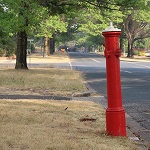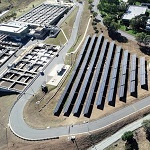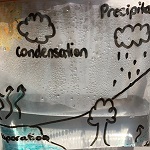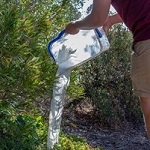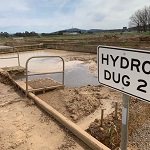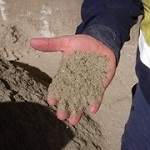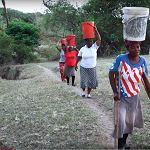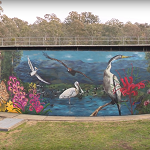Our news
Interested in what we’ve been up to? You can find our latest news, and any interesting updates, below.
Not a journalist but still need to talk to us? Call 02 6248 3111 or email talktous@iconwater.com.au.
Are you a member of the media with an inquiry?
If you have any media inquiries about water and wastewater services within the ACT, please contact us on 0414 516 533 or at communications@iconwater.com.au.


